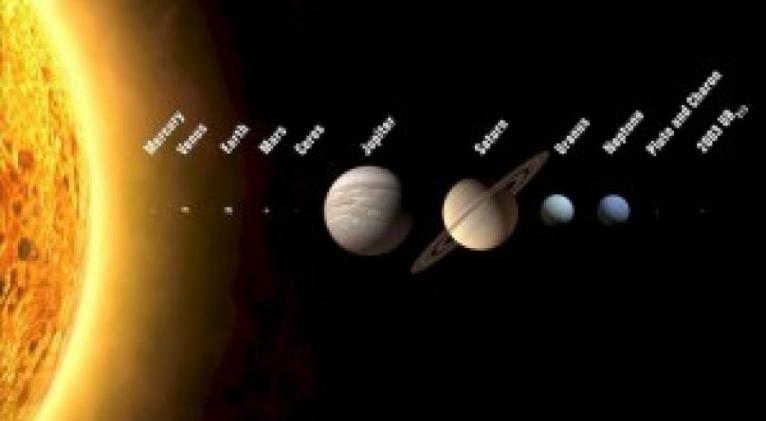Mysterious Bright Spots on Dwarf Planet are Reflection of Sunlight
especiales

A new sequence of images taken by the Dawn spacecraft on May 3 and May 4 from a distance of 13,600 kilometers (8,400 miles) are the closest yet obtained of bright spots in one of the planet’s craters.
“In this closest-yet view, the brightest spots within a crater in the northern hemisphere are revealed to be composed of many smaller spots,” the U.S. space agency said in a statement. “However, their exact nature remains unknown.”
The $466 million Dawn mission achieved a historic first on March 6, when it began orbiting a dwarf planet. Ceres is the smallest dwarf planet in the solar system and the biggest in the asteroid belt between Mars and Jupiter.
Over the next 16 months, Dawn, launched in 2007, will send images of Ceres to scientists studying the planet’s surface to determine if there is frozen water underneath, as NASA suspects.
Ceres was discovered in 1801 by Giuseppe Piazzi and initially considered a comet, then it was classified as a planet and later as an asteroid. In 2006, it was classified as a dwarf planet.
With an average diameter of 950 kilometers (590 miles), Ceres could have formed later than Vesta and may be colder inside, NASA said.
Dawn studied giant asteroid Vesta for 14 months in 2011 and 2012, and information sent to scientists indicates it stores small quantities of water since it was formed before Ceres, when radioactive material was more abundant and the celestial body was hotter.
Up to 24 percent of Ceres’s mass could be water and the dwarf planet might be hiding a frozen ocean under its icy crust, NASA said.













Add new comment